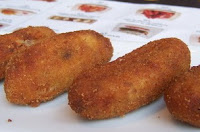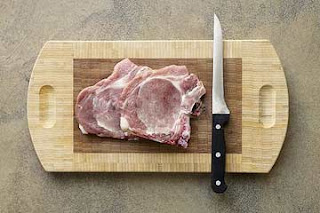Every December 6, Saint Nicholas Day, brings speculaas to Holland. Nicolas offers the cookies to children's who have behaved well throughout the year.
Speculaas is a favorite St. Nicholas and Christmas cookies. The dough is pressed into decorative wooden molds and then baked on a baking sheets.
The imaginative designs appeal to children of all ages, and the aromatic spice cookies are also part of the Advent tradition in Belgium and Germany.
Speculaas
ingredients
- 250 g flour
- 1 tsp baking powder
- 1/2 tsp cinnamon
- 1/2 tsp nutmeg
- 1/2 tsp cardamom
- 1/2 tsp cloves and ginger
- 100 g butter
- 150 g sugar
- 1 egg
- grated peel of lemon
- 50 g ground almonds
Read more ...



















